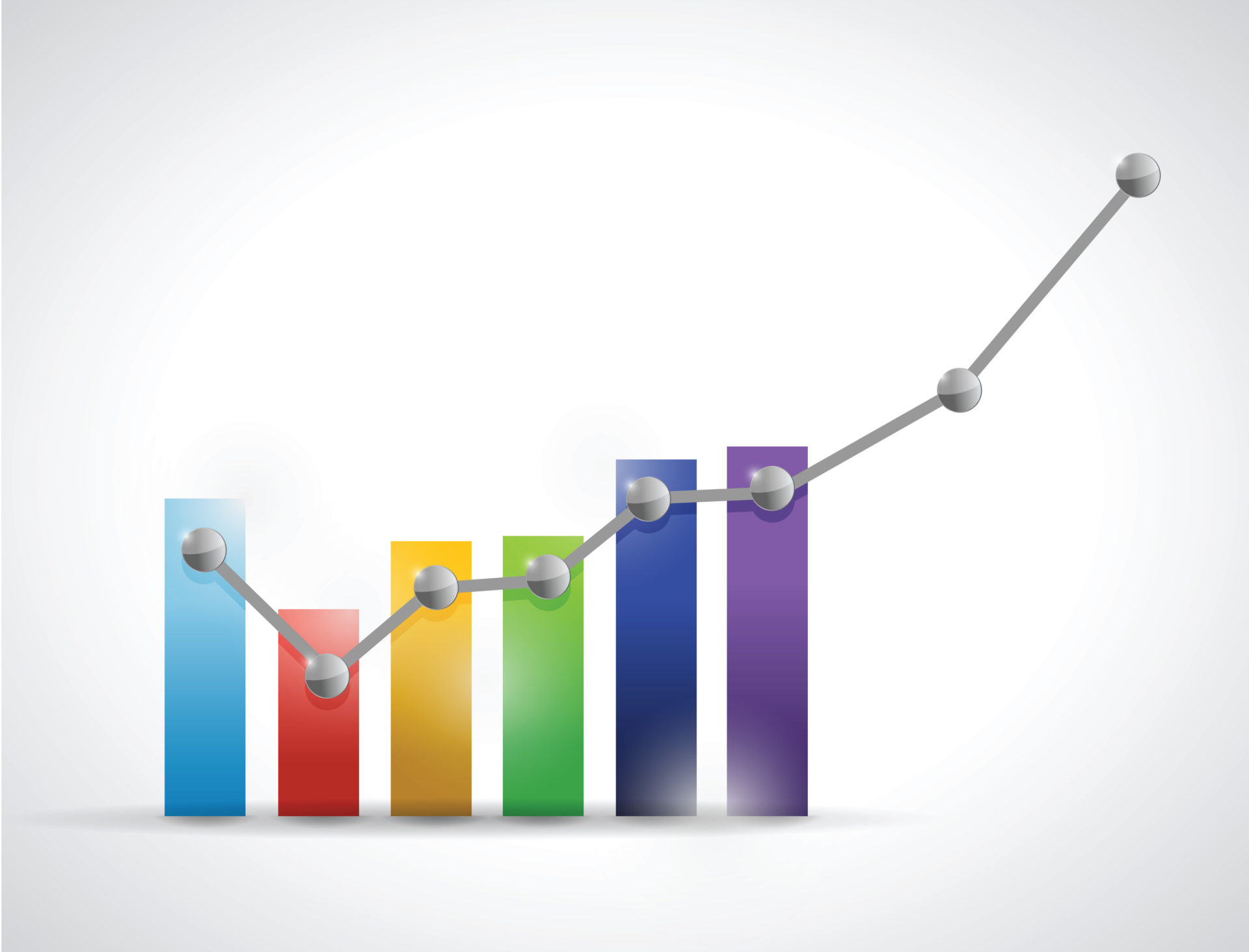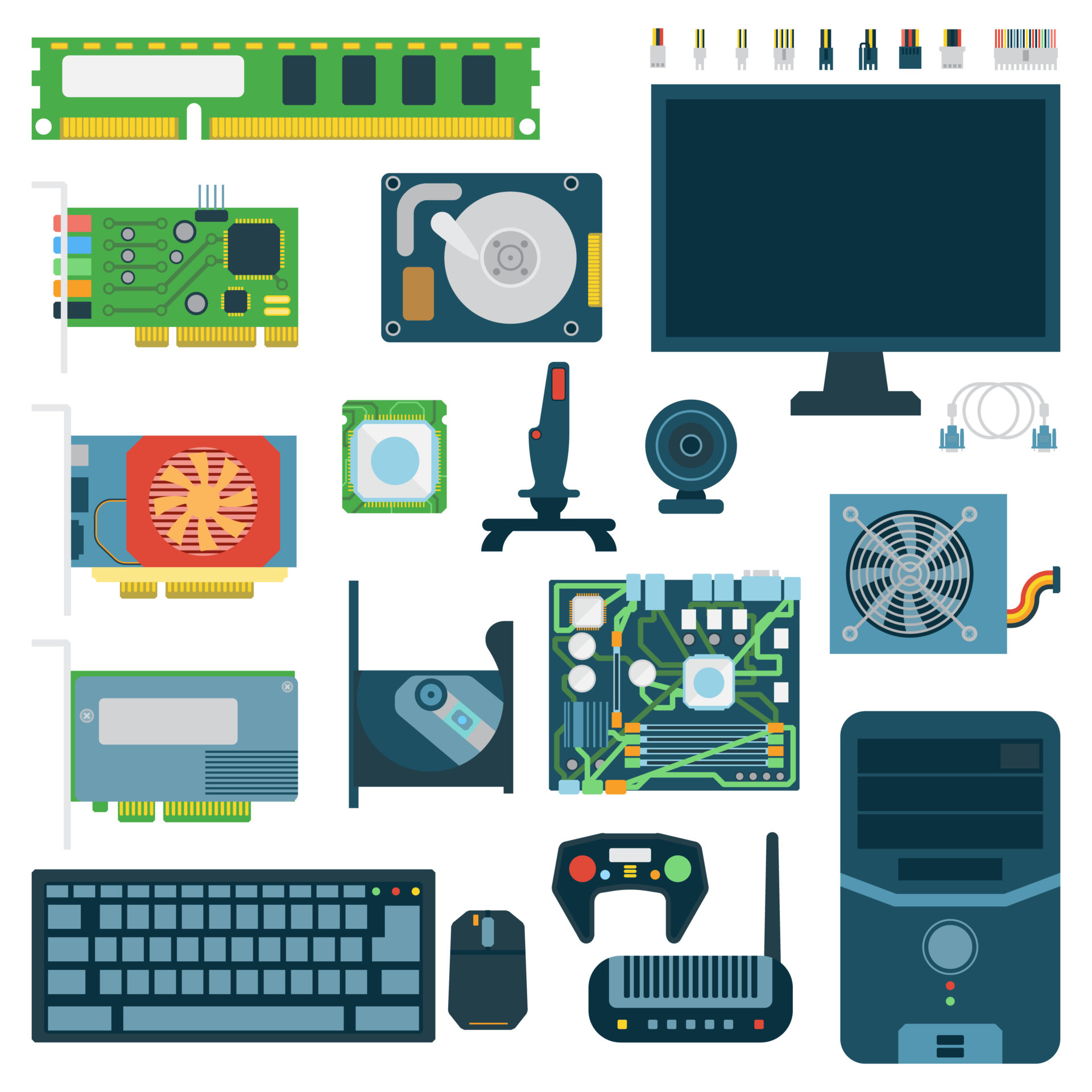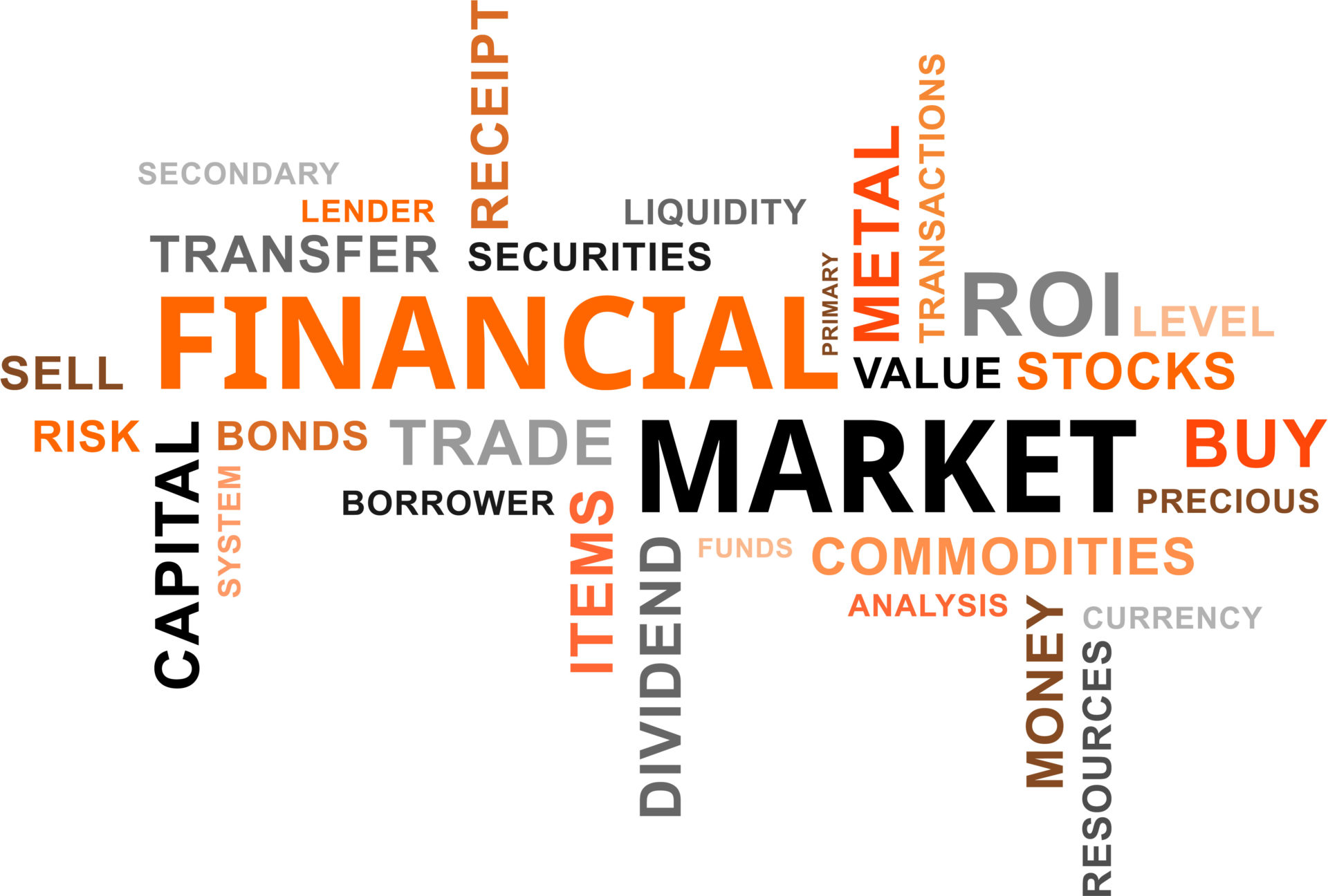Master Day Trading in Just 30 Days: Lesson #2
29
FEBRUARY, 2016
In the first lesson in this series, we gave you a checklist of equipment and services that you need in order to get through the first few lessons. And we encouraged you to learn the basics of your charting software and your trading platform (in many cases they are the same product). In this lesson, we are going to continue focusing on the basics, so that we are all starting from the same foundation.
The first thing we need to discuss is the business of trading. And, more importantly, the difference between investing and trading.
Trading Versus Investing
Investing can be viewed as an ultra-long-term trade. As a day trader, that is NOT your goal for the portion of the trading capital that you have dedicated to your day trading business. It is important that you keep your investing capital and your day trading capital separate. One of the most common occurrences in day trading is the conversion of a trade to an investment. This usually occurs because the trader does not want to acknowledge and accept a loss.
The sequence of events goes something like this: “Oooh — that looks like a good pattern! I’ll buy that stock.” The stock then sells off a little bit and you buy some more — “it will come back,” you say, because you believe in the pattern. After buying that second portion, you are even more emotionally invested in the trade. The stock moves down 10%-15% against you, or blows or gaps through your stop-loss level, or moves past a level that negates the initial pattern. At that point, you feel like your back is against the wall and you don’t know what to do, or how to handle the pain. So you do nothing, as you continue to watch and babysit a compromised stock that holds ten or twenty percent of your capital. And you just keep hanging on. And hanging on. At which point, it just becomes a bad investment. And you start to justify holding onto the trade, using excuses based on the fundamentals of the company or industry, or the old “it’s so cheap now, it has to start going up…”
You need to guard against this type of event in your trading. If you fall into that trap, it will suck up your emotional trading capital and distract you everyday. A distracted trader is a poor trader. An emotionally compromised trader is a poor trader.
So… one of the key tenets of your trading business should be to not let a trade turn into an investment.
If you are fortunate enough to be able to have two separate pools of capital, then keep your true investments in a separate account. Keep separate accounting, trading logs, and trading routines for each account. If you feel you have to move a trade from the trading account to the investment account, that’s your final warning signal that you’ve lost, and should just exit your trading position and, if necessary, close all other positions and walk away from the markets for a week or two.
We like to keep trading reminders taped to our monitors and desks. If you like to do the same, then you should occasionally put this one up there: “A trade is not an investment. A trade is not an investment.”
If you’re a beginning trader, then sticking to this principle is going to be one of the many challenges you encounter on your road to success. For now though, we should move on to a new topic — trading instruments and the differences between them.

What We Wish For An Equity Curve.
Photograph provided by CanStockPhoto.com
Stocks VS Futures
A stock is a fixed piece of a company. There is no expiration date on a share of stock. However, a futures contract has an expiration date and something called “First Notice Date”. For the purposes of the mechanics of trading, these two dates are the primary difference between trading stocks and trading futures.
But if you are going to be trading futures, then you should also know that the underlying meaning of a futures contract is different from the underlying meaning of a stock.
A futures contract is a standardized contract created and defined by the futures exchange. The contract dictates the terms under which the buyer and the seller agree to exchange the traded commodity (or, sometimes, the cash equivalent) at a certain point in the future. Once that date is hit, the futures contract stops trading. Of course, for day traders, the actual exchanging of commodities for money (aka “delivery”) never happens. Once you close out the trade you are no longer a party to the contract. However, if you have a trade open anytime after the “First Notice Date”, you can be at risk for the entire value of the contract. We estimate that more than 98% of traders will “roll” their open positions as the first notice date or expiration date approaches. And many brokers will close out your position, if you do not roll the contracts yourself. Most brokers simply do not want the headaches involved with arranging the delivery of product for their clients.
With a stock, you would normally not have to close out your position until you desire to do so. You can hold onto your position for months, years and decades. With a futures contract, you are forced to close out your position multiple times per year. Practically speaking, this is not a big deal, especially if you are trading in a style where ending the day with no positions is normal. But, during the times approaching the delivery and expiration dates of the contract, you need to be careful about which date is on the contract that you’re trading. You always want to be trading the contract month that has the most volume.
“A trade is not an investment. An investment is not a trade.”

Computer Components.
Photograph provided by shutterstock.om


The Mechanics Of Trading Futures
The actual mechanics for trading futures is the same as a stock. You need a futures broker. And you need trading and charting software. You point and click and fill out order tickets, just like you do with stocks. But the symbols used are a bit more complicated than a stock symbol. Stock symbols used in the United States can be anywhere between 2 and 5 characters. Futures symbols, however, will start with at least 5 characters, with each character or pair of characters having a particular meaning.
Futures Symbology
A futures symbol is made up of a “root”, a month code, and a year code. And, to make things a little more complicated, charting and trading software can use different root symbols and different ways to add the month and year code to the root, to arrive at a final symbol that you can trade. You will have to check the user manual or help docs for your particular charting and trading platforms, to determine what the symbol is for each futures contract.
For example, let us look at symbol ESH16. “ES” is the root symbol used in Tradestation for the e-mini S&P contract traded on the CME/GLOBEX exchange. The “H” is the month code for March, and the 16 is the 2 digit year for 2016.
Every futures contract has standardized expiration months. For example, the e-mini S&P contract (“ES”) has four standard expiration months — March, June, September and December. As the First Notice Date approaches in the March contract, traders will close out their positions and open new ones in the June contract. Many contracts have a particular day of the month when this “roll” will occur. Other contracts will have the majority of the traders rolling their positions based on how much volume is trading in a particular month. So, as the volume in the next month exceeds the current contract month, traders will roll their positions.
Some contracts such as Crude and Natural Gas (traded on the CME) has a contract for each month of the year. Contracts for items such as corn and wheat have their primary contracts expiring in March, May, July, September and December. Metal contracts such as gold have their expiration months in February, April, June, August, October and December.
The futures industry has standardized the characters used for the month codes.
| January | F |
| February | G |
| March | H |
| April | J |
| May | K |
| June | M |
| July | N |
| August | Q |
| September | U |
| October | V |
| November | X |
| December | Z |
For contracts traded on the main US futures exchanges, some standard root codes used by many software and trading platforms are:
| e-mini SP | ES | e-mini Nasdaq | NQ | Russell 2000 | TF |
| e-mini Dow | YM | Midcap | EMD | ||
| Gold | GC | Silver | SI | Copper | HG |
| Mini Gold | YG | Mini Silver | YI | ||
| Platinum | PL | Palladium | PA | ||
| Wheat | W or ZW | Corn | C or ZC | Soybeans | S or ZS |
| Sugar | SB | Coffee | KC | Cocoa | CC |
| Cotton | CT | Lumber | LB | ||
| Live Cattle | LC | Live Hogs | LH | ||
| Crude Oil | CL | Natural Gas | NG | Heating Oil | HO |
| 30 Year Bonds | US or ZB | 10 Year Notes | TY or ZN | ||
| Eurocurrency | EC or 6E | Japanese Yen | JY or 6J | British Pound | BP or 6B |
| Australian Dollar | AD or 6A | New Zealand Dollar | NE1 |
Other Considerations When Trading Futures
1. Leverage: Futures allow you, a small retail trader, to trade with leverage that is greater than you would be able to get when trading stocks. As you probably already know, the most margin you can use when trading stocks is 4:1 and you have to cut that down to 2:1 for trades held overnight. That is US law (though other countries’ laws might be different). When trading futures, the margin requirements can be a lot lower. For example, you could theoretically trade a large gold contract worth 100 ounces of gold with about $6,000 in your futures account. This is over $120,000 worth of product for a $6,000 down-payment.
OK, don’t get too excited. You would never ever EVER trade with that much leverage. If you did, a mere 10 point move against you is a $1,000 — 16% — loss! If day trading with proper risk control, we would recommend trading, at most, 1 contract per $25,000 of capital. The ever popular ES, currently trading around 1940, is valued at $97,000. So, with $25,000 of capital and a down-payment of around $6000, you end up controlling $97,000 worth of stock — which can be held overnight. With stocks, the most you can hold overnight would be $50,000 for that same $25,000 in capital.
Basically, the leverage that can offer you large potential gains is the same leverage that can wipe you out. And, if you get caught in a really strong adverse move, you could end up owing your broker more than what is in your account. All futures agreements you sign with your broker will hold you responsible for any losses beyond your account value, though all brokers have numerous systems in place to prevent that from happening. In fact, they will close out your position for you if you start to get severely under-margined.
2: Short Selling: Futures can be sold short with ease. Unlike stocks, which have a myriad of rules controlling what can be shorted and when, any futures contract can be sold short at any time.
3. Market Variety: The ability to misuse the leverage offered by futures is just one downside. The other is the lack of variety in the futures markets. In the stock market you can trade 10000+ different stocks in all types of sectors and industries. In the US futures markets, the number of contracts you can realistically trade is about 25. That is, unless you trade something called “single stock futures” which few people do, and so we’re not going to even discuss those in this series of lessons.
4. Taxation: Only 40% of US taxes on any gains are taxed at short term rates — the rest is taxed at long term rates. This is a tax break that is always on the chopping block, but every year it somehow manages to stick around in the budget.
5. Limits: Many futures contracts have trading limits imposed on them, which limits the maximum amount they can move in a single trading day. It is important to recognize that you can, and most likely will, eventually get caught on the wrong side of a trade where the market is locked limit. You will not be able to get out of your position. And it is not an uncommon occurrence for a market to open at its limit for multiple days in a row, which could leave you with a bad trade that continues to go against you every single day. For this reason, you should understand how to use the futures options market to offset your position in a market that is locked at its limit. This is something we will cover in a future lesson.
Some markets have ridiculously small limits. The lumber market for example has a limit of 10 points. Because of this, it regularly trades to its limit price. So, if you want to see how a market that is locked limit operates, then just keep an eye on this one — we can almost guarantee that sometime this year you will see the lumber market locked either limit up or limit down.
6. Tick Increments: Most stocks trade in increments of a penny. A couple of decades ago, they traded in increments of 1/8th. Every futures contract, however, trades using a different tick size. In other words, a single minimum price move has a different value, when trading a gold futures contract vs trading an e-mini S&P contract. Gold, for example, moves in increments of .10, which equates to a value of $10.00. The e-mini S&P contract on the other hand, trades in increments of .25 which corresponds to a value of $12.50. Your broker usually has the contract specs on their website and, of course, the futures exchange has a copy of the contract specifications on their website.
Whenever you start trading a futures contract that you are not familiar with, you need to be sure you understand the size of the minimum price movement. Otherwise you might be trading a contract that has a size that is too large for your account. For example, heating oil, or the DAX Futures (a German futures contract) are above average sized contracts that you might not want to trade in a $25,000 account.
What Should You Trade?
We believe that a professional day trader should be comfortable trading both types of instruments. It doesn’t mean that you will master all of them — just that you would be willing and comfortably able to enter and exit trades in both types of instruments if the conditions warrant it. For now, if you have a little bit of experience trading and you have been trading stocks, then, for this course, you should practice trading futures. And vice-versa, of course.
If you are just getting started trading futures, then you should practice trading in markets with lots of liquidity. The stock index futures, the currency futures, and items such as crude oil, natural gas and corn are all very liquid markets.
We strongly suggest you stay away from options for now.
We personally prefer trading futures, primarily because most of them trade around-the-clock which means the risk of large opening gaps against our position is minimized. Protective stop-losses can be honored at any time — even 2:00 am in the morning. (If you don’t know what futures are, don’t worry. We will cover them in later lessons, and highlight their strengths and weaknesses then.)

Financial Instruments
Photograph provided by canstockphoto.com
Terminology
Here are the terminology items for this lessson.
Margin: Margin is the money that your broker will lend to you so that you can purchase stocks work more than the value you have in your account. Typically, day traders can purchase stock up to four times the amount of capital in their account, as long as the trades are closed out by the end of the day. Any trades held overnight will be no more than twice the value of your capital. In futures trading, margin is the minimum amount you must have in your account to either open a new position or maintain an existing position.
Initial Margin: This is a futures-only concept. It is the minimum amount of unencumbered capital you must have in your account, before you are allowed to open a new position. Typically, you need slightly under $5,000 to open a new position in the ES, if you intend to carry the trade overnight. BUT, some brokers will allow you to open daytrade positions for much, much less than that (which, frankly, scares us.)
Maintenance Margin: This is also a futures-only concept. It is the minimum amount of capital you must have in your account in order to keep your position. It is typically a little bit less than the initial margin. In order to hold an ES trade overnight, for example, you must have slightly less than $5,000 in unencumbered capital in your account.

Wrap Up
In this lesson, we broached a key psychological issue that you will encounter multiple times in your trading career. We also covered the key differences between stocks and futures. And we are encouraging you to trade futures if you regularly trade stocks, or to trade stocks if you regularly trade futures. We believe that a trader should be comfortable trading the most popular instruments which include stocks, futures, Forex and options (though we will not cover options in this series).
We know that you want to get to some actual trading, so our next few lessons will focus on setting you up to practice entering and exiting orders. After that, we will get back to more theory, including covering the basics of FOREX.

Coming Up Next
- Basic Order Types
- Brokers
- Practical Homework Part 1
- Practical Homework Part 2
- A new terminology item for you to study
Edit History
03-03-2016: Edited to clarify that the contract with the most volume should be used instead of trying to use ESH16 after it has expired.




